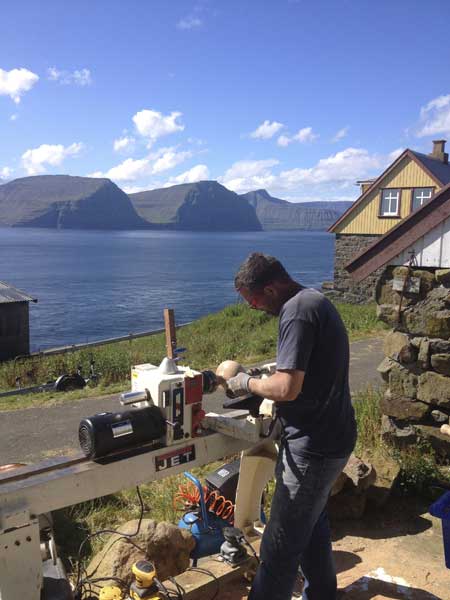
A few years ago, when we interviewed Joel Cole for the Woodworker’s Journal eZine, he mentioned how his original high school exchange student visit to the Faroe Islands and his subsequent trips to that archipelago visually influenced his woodworking.
Now, Minnesota native Joel is living in the Faroe Islands and hoping to introduce others to their beauty and his instruction through woodturning retreats.
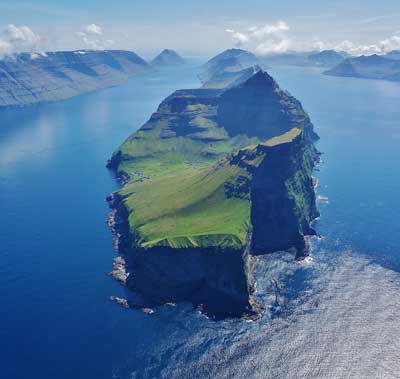
Located in the North Atlantic Ocean, the 18-island country, where the natives speak Faroese (as well as Danish and English for many of them), is accessible by flights out of Iceland, Edinburgh or Copenhagen.
Upon moving there in 2011 (“it started with a girl,” Joel said), Joel brought along 12 tons of sustainably acquired wood from the Upper Midwest of North America. Among the 30 species represented are hard maples, oak, cherry, ash, walnut, hackberry, Russian olive, elm, box elder and cottonwood.
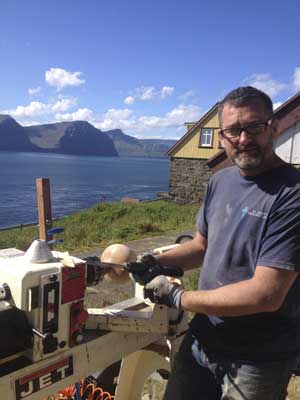
He has also stocked his shop with high quality manufactured lathes and turning tools, as well as custom handmade tools he’s fashioned himself. He encourages students to bring their own turning tools to work for learning specific cutting techniques.
Joel’s shop is on the outer island of Fugloy (the Bird Island). Travel there involves two subsea tunnels and a ferry. Part of the turning retreat would take place on that island, and part in the Faroe Islands capital, Tórshavn. The Faroese, Joel said, are a “hospitable people. I wanted to share my love of the islands with people who hadn’t been there before.”

That’s why the retreat, in addition to the turning instruction, will also include some sightseeing among the country’s dramatic geography, including current-filled island fjords, volcanic sea cliffs and mountains. Plus, a focus on the islands’ food. The Faroe Islands’ location at 62 degrees north latitude, in the heart of the Gulf Stream, means that the harbor water never freezes and is very clean. Seafood, including oysters, halibut, salmon, cod and lobster, plays a significant role in the local cuisine, as does dried and cured sheep meat. “The flavors are very strong and potent,” Joel said.
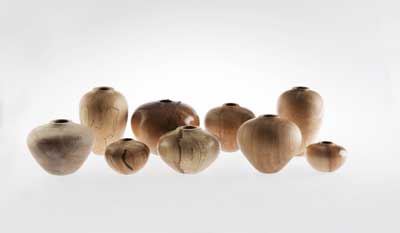
As for the turning instruction, it will really depend on the student. Joel envisions this retreat as one-on-one time with an individual student, who might learn to turn Nordic style, minimalist candlesticks or elegant hollowed vases. Other potential topics include bowl blank planning from a log; drying strategies; rough turning; turning techniques for all vessel forms; aspects of sustainable turning (materials, finishes and techniques); turning tool design, construction and sharpening, form consideration; finishing choices, strategies and techniques.
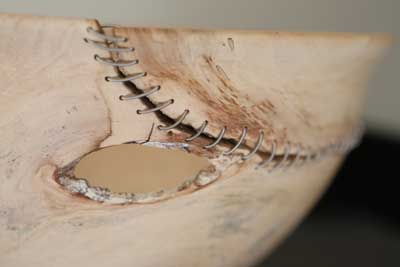
“I’m a wood artist,” Joel said, “and my specialty is hollowing” for more ornamental pieces; he often adds inclusions and imperfections in the wood to his pieces. He would love, he said, to find advanced turners who would like to explore form and aesthetics, “people who want to think about lines and balance.”
Still, he said, the retreat is open to turners from beginner level to advanced. “It’s for a woodturner looking for a unique experience,” Joel said. “I hope to create a novel experience for the perfect turner.” (Joel can be reached via the contact form on his website or by emailing him.)





